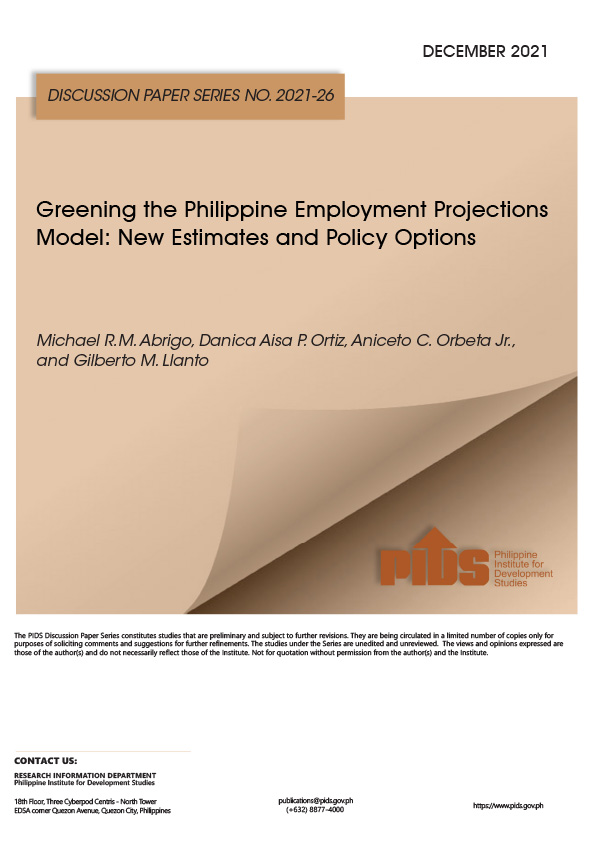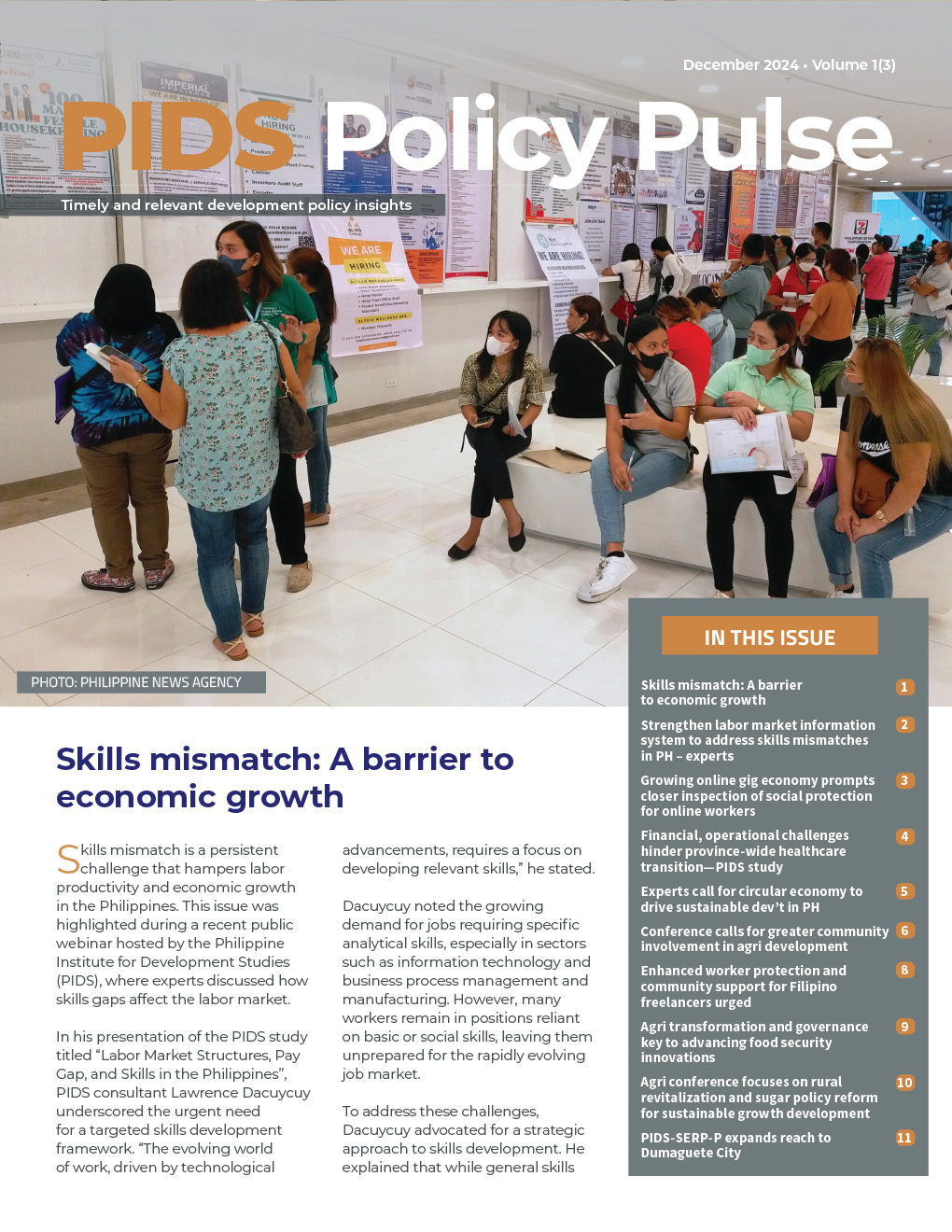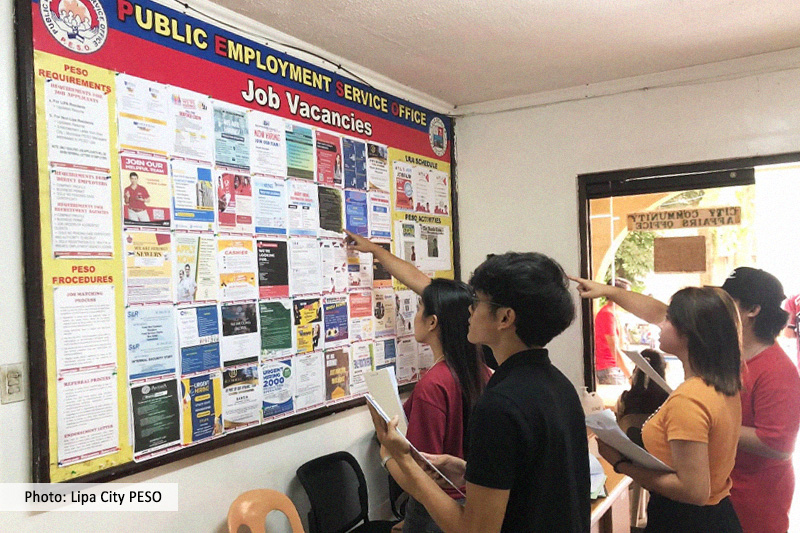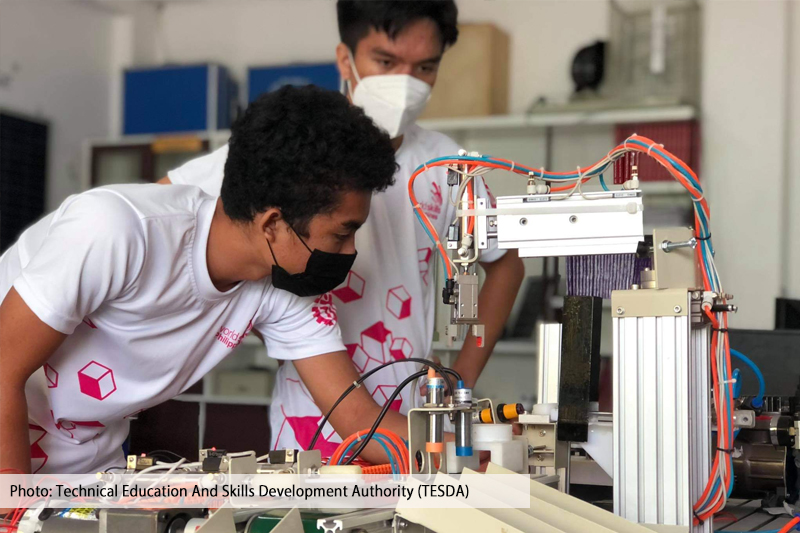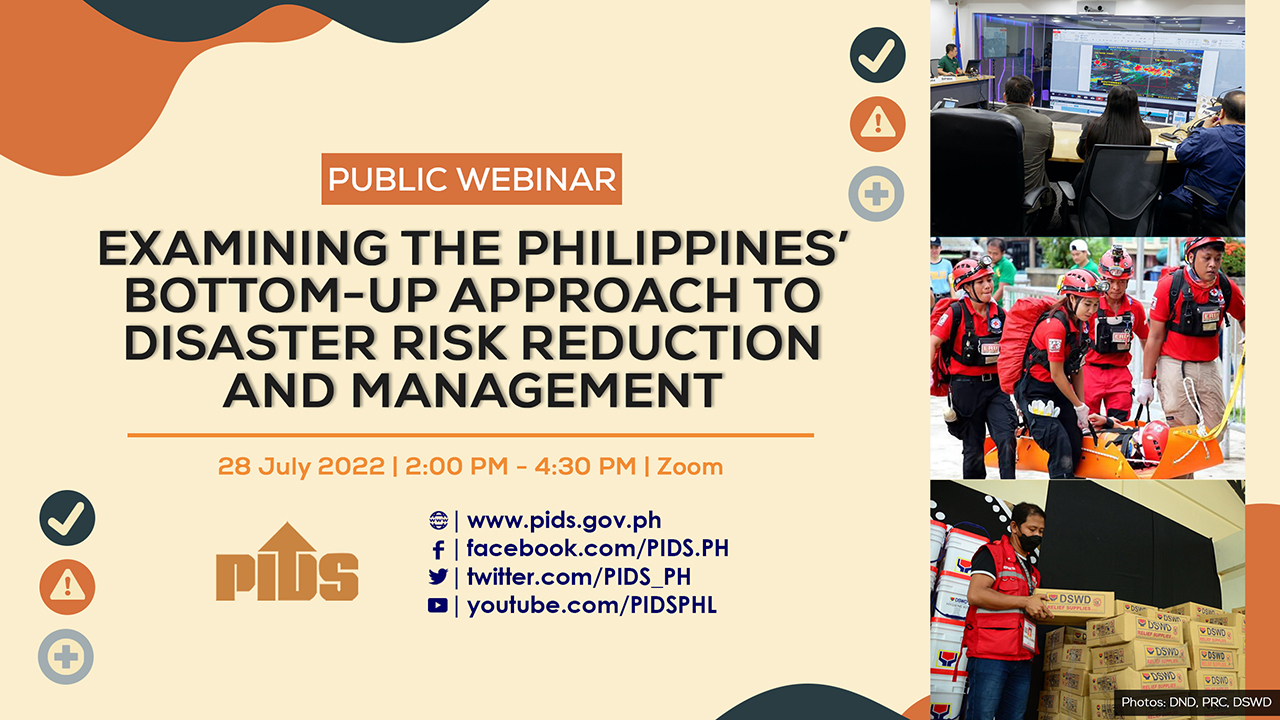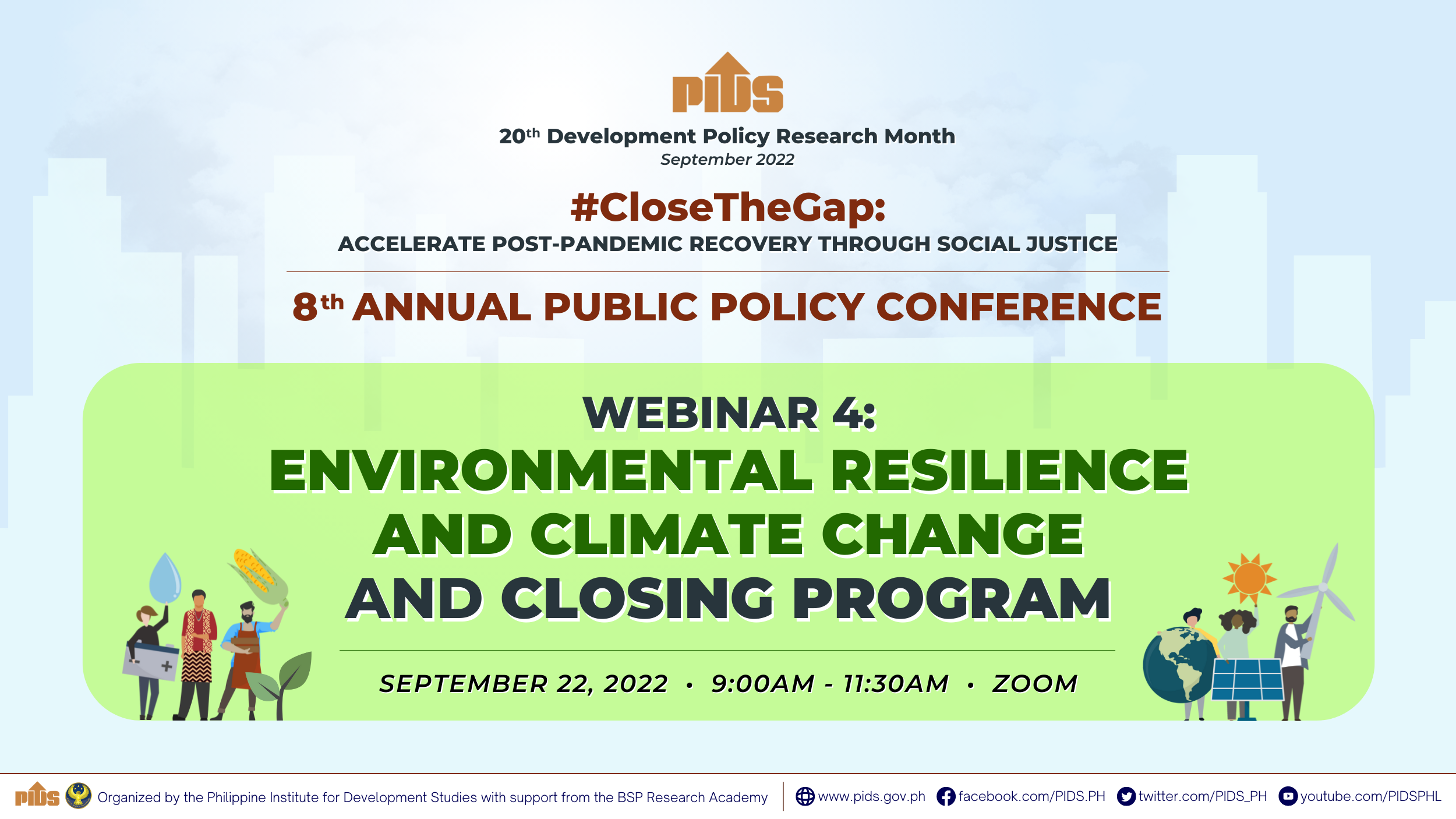Climate change causes a vast magnitude of impacts that cut across boundaries and spill over time. It results in various, interrelated effects on important aspects of society. Direct and indirect effects of climate change touch on, for instance, health (e.g., Watts et al. 2015) and on labor (e.g., Kjellstrom et al. 2009; International Labor Organization 2018). Unfortunately, developing countries, which are the least contributors to climate change, are more exposed to environmental risks. According to the Global Climate Risk Index 2017, the Philippines, is in the top ten countries greatly affected by extreme weather events over the last two decades. In response to these challenges and risks, the country has been actively participating in international efforts to address this global concern. Locally, various policies have been enacted to create a progressive landscape for environmental protection, and disaster risk mitigation and response. Adding to these mitigation responses is the Green Jobs Act of 2016, which aims to encourage the creation and nurturing of green jobs along with the country’s transition towards a more environmentally sustainable economy.
This study supports the implementation of this policy by providing new employment demand projections in the green and conventional sectors of the economy. Specifically, the Green Philippine Employment Projections Model (Green PEPM) generates forecasts on employment demand in green industries, using various scenarios based on national development and environmental targets. The model provides a sectoral-level analysis of the potential economic and employment gains and losses coming from the growth of the green and conventional sectors. The results of the model are expected to feed into the development of the country’s Human Resource Development (HRD) Plan, which is an important feature of the 2016 Green Jobs Act.
Projection results show that greening the economy creates benefits. More jobs can be created, and other existing jobs can be transformed as industries shift to environmentally friendly and sustainable technologies and products. However, depending on the country’s development targets, greening may also lead to employment contraction in certain industries. Thus, to what extent the country should go green remains an open question, which the government can explore to come up with appropriate responses. Aside from employment projections, this study provides some policy options that may address some of these threats in the labor market, and those which may support the promotion of green jobs in the country.
Comments to this paper are welcome within 60 days from the date of posting. Email publications@pids.gov.ph
Citations
This publication has been cited 1 time
- Cecilia, Ernie. 2023. From brown to green economy. Manila Times.

